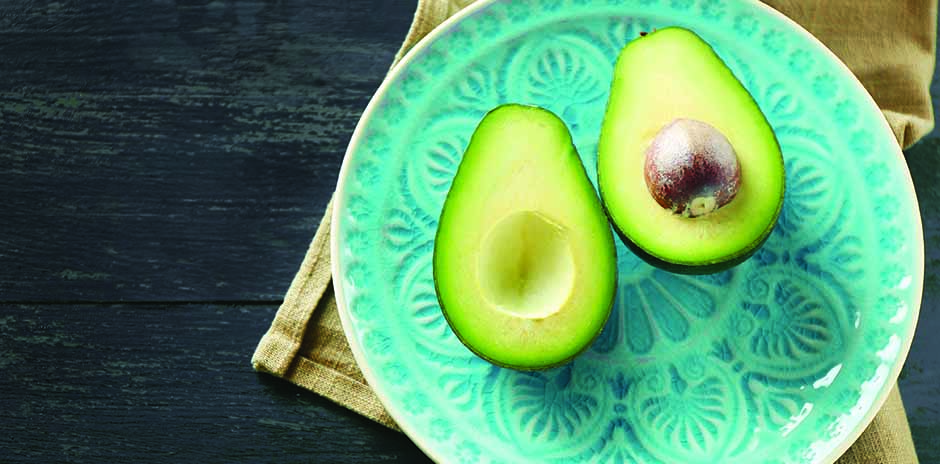Perhaps you know enough about potassium to reach for a sports drink after a long workout, or to eat a banana after leg cramps awaken you at night. But that’s not all potassium is good for—there’s much more to this key nutrient than you might expect.
Potassium—both a mineral and an electrolyte—is recognized primarily for its role in muscle function, but it isn’t just for athletes. It’s essential for muscles and nerves to work properly, for heart and bone health, and for the vital movement of fluid in and out of cells, which allows electrolytes to move nutrients into cells and carry wastes away.
“It often functions with sodium and water, so to get back and forth across your membranes, your sodium and potassium have to be in balance,” explains Melissa Wdowik, director of the Kendall Reagan Nutrition Center.
How It Works
Muscles: Potassium is necessary for your muscles—including your heart—to contract and relax. It’s needed both for muscles that allow us to move and those that work behind the scenes, such as our digestive tract and respiratory system. Without potassium, your muscles and nerves cannot communicate properly.
Bones: A diet high in potassium is essential for bone health. The typical American diet—high in protein and grains, with few fruits or vegetables—creates an acidic environment in the body. To counteract that, the body neutralizes acid by breaking down bones (alkali). This leads to weak bones and, possibly, osteoporosis, Wdowik explains. On the contrary, potassium-rich foods produce the alkali necessary for that acid-base balance without compromising your bones.
Heart: As a mineral, potassium relaxes blood vessels, lowering blood pressure and decreasing the risk of heart attacks and stroke. Studies show a diet high in potassium may blunt the negative effects of sodium on the heart.
How much do you need? Adults should consume 4,700 milligrams per day. Thanks to a diet high in processed foods, however, most Americans eat less than 3,000 mg per day, many as little as 1,500 mg, says Wdowik. The good news? It’s easy to up your intake: Eat more fruits and vegetables. Do not supplement without a doctor’s supervision.
Where to find it: Found in most nonprocessed foods, potassium is most abundant in fruits and vegetables (aim for seven servings, combined, daily) but is also plentiful in nuts, legumes, fish and dairy products.
Foods with High Potassium Content
Avocado, 1 cup, sliced: 708 mg
Sweet potato, 1 medium, baked: 694 mg
Tomato paste, ¼ cup: 664 mg
White beans, ½ cup: 595 mg
Nonfat yogurt, plain, 1 cup: 579 mg
Tuna, cooked, 3 ounces: 484 mg
Banana, 1 medium: 422 mg
Source: USDA

